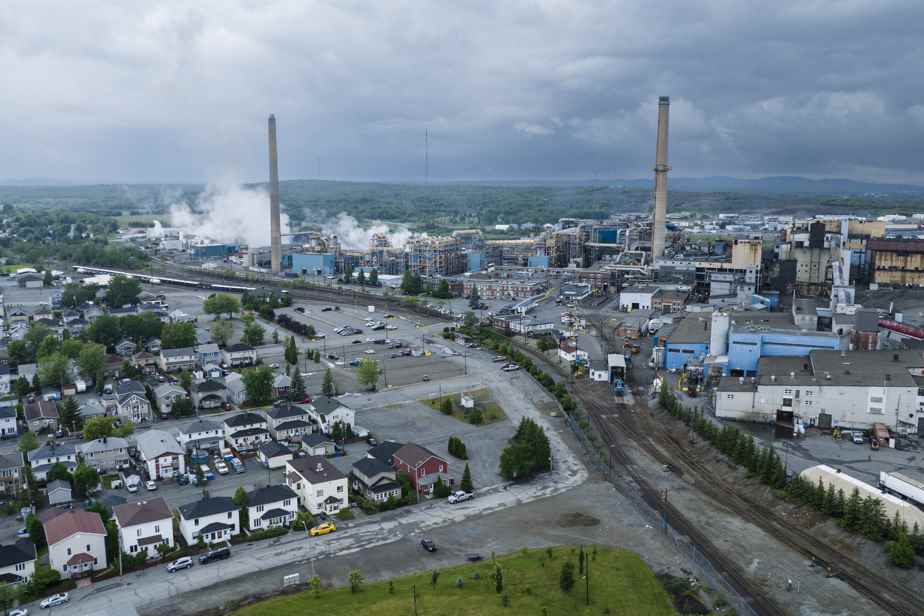(Rouyn-Noranda) The union representing workers at the Horne Foundry in Rouyn-Noranda denounces the intimidation and hateful comments that have been directed at its members since the levels of arsenic emissions from the foundry have dropped. object of public and political debate.
Posted at 7:18 a.m.
In a statement released Wednesday morning, the Noranda-CSN Mine Workers’ Union, which represents about 400 members, said “some citizens have lost a sense of proportion” in their messages sent to smelter workers.
Last weekend, foundry employees told Radio-Canada that they had been receiving insults — they were called, among other things, “child killers” or “poisoners of pregnant women” — since the Emission levels of arsenic and other pollutants from the plant are in question.
Following this rare public outing by foundry employees, the union came to their defense.
“After the election, we will have to continue to live together and I fear that this division in the population will leave scars. We are not criminals, only workers”, underlined the president of the Noranda-CSN mine workers union, Stéphane Larente.
Mr. Larente also mentioned that the members of his union are the first to want a reduction in emissions from the plant, since they work there every day.
“Rather than accuse the workers, the population should participate in the public consultation on the proposal to reduce arsenic emissions to 15 nanograms, which will be held from October 6 to 20,” the president proposed.
In August, Glencore, owner of the Horne Smelter, announced the investment of 500 million to reach an arsenic emission threshold of 15 nanograms per cubic meter of air (ng/m3) in 2027, as requested by Quebec public health authorities and the Ministry of the Environment.
The company predicts that 84% of the urban perimeter of Rouyn-Noranda will reach a concentration of 3 ng/m3 or less in five years, which would correspond to the Quebec standard. However, management was unable to indicate how and when the foundry could reach the Quebec standard for the entire city.
Before reaching the limit of 15 ng/m3 in the summer of 2027, the foundry plans to achieve a target of 65 ng/m3 in 2023 and 45 ng/m3 in 2025.
Currently, an agreement with the government allows emissions from the smelter to reach an annual average of 100 ng/m3i.e. 33 times more than the Quebec standard of 3 ng/m3.
The Ministry of the Environment must renew the new certificate “by the end of November or the end of the year”, mentioned Minister Benoit Charette.
